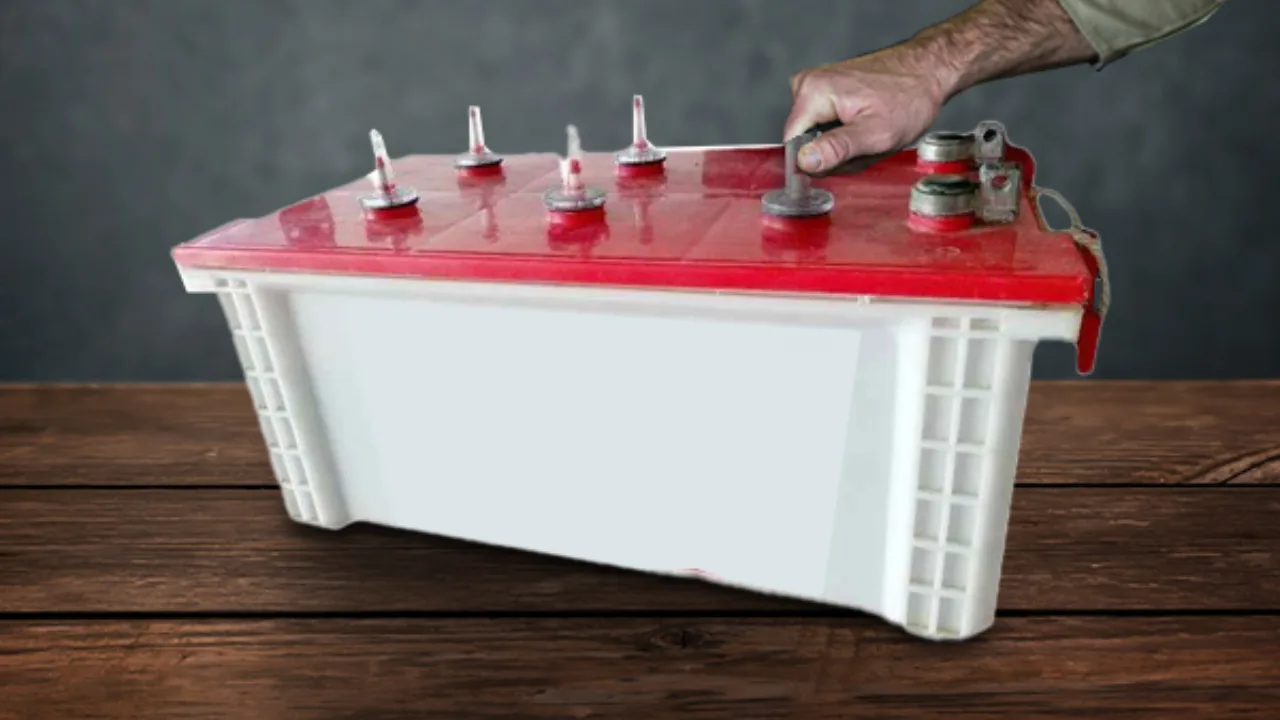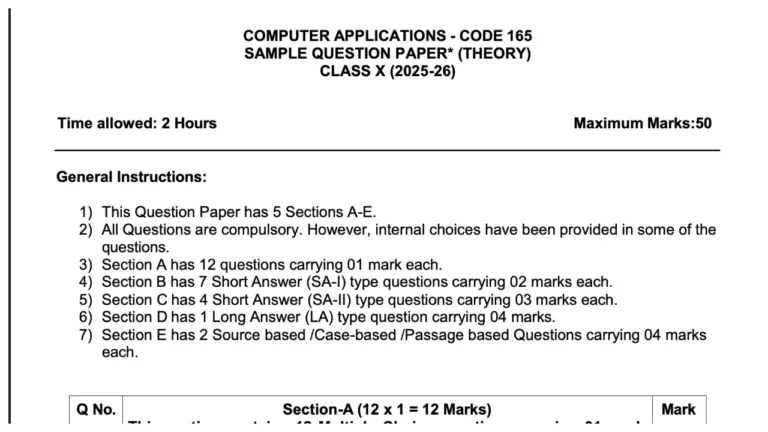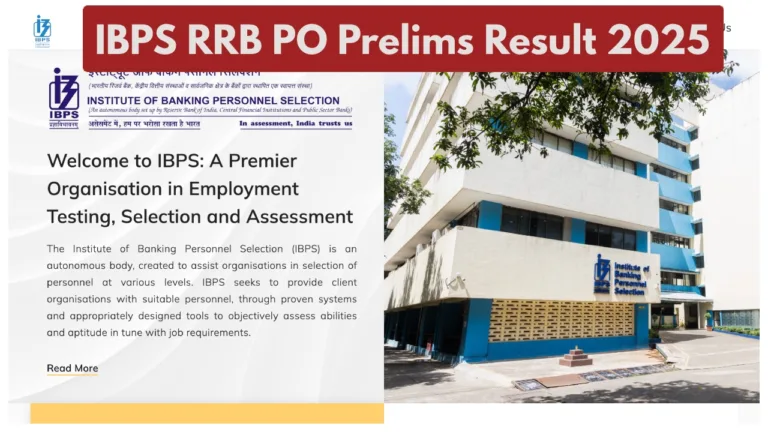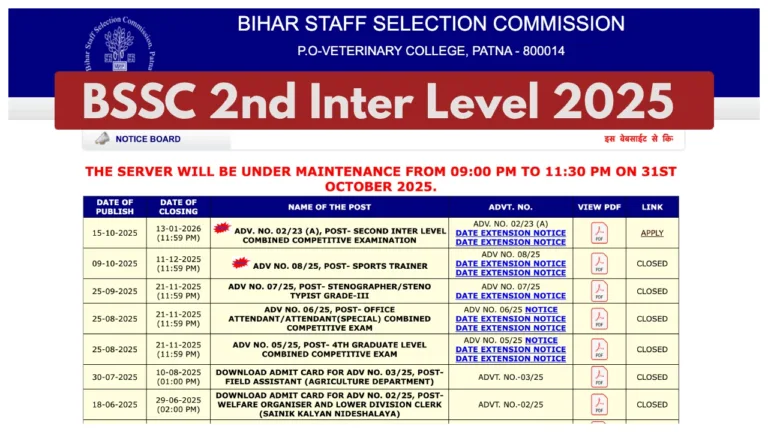Water Level Maintenance of Inverter Batteries : The inverter battery is the only reliable source of power in the absence of having a grid power. There are little maintenance of the inverter batteries that need attention in order to work best and last long. Among all, the most important maintenance is checking and refilling water, which provides healthy batteries and satisfactory operation in time of need. Let’s discuss the frequency of water change, the right type of water to use, and some helpful tips on the maintenance of the inverter battery.
When do you top up your battery water?
Check water levels in your inverter battery every month to month and a half. Most batteries have a water-level indicator that lights up when there is not enough water in the battery, and it lights up when it is high time to refill. But never forget to check the water even if there is no indicator because not all batteries have this. Further, you can place gloves and safety glasses on the body, as there shouldn’t be accidents while putting free-flowing water into a battery.
What kind of water must be used in the inverter battery?
Never use tap water for your inverter battery. Minerals and impurities in tap water can corrode the plates of the battery as time goes on. Eventually, the battery would die and its performance would drop. Instead, invariable distilled or purified water free of any minerals could be the only water safe for battery. It keeps the battery better and helps maintain higher efficiency levels.
How do you refill battery water?
Open each cell cap carefully. Check out the current water levels as well, and add distilled water for each cell. The water levels must be in between the minimum line mark and the maximum line mark on the battery. Do not fill it too much; spilling will cause damage to the battery if it’s too full. After filling, close the caps tightly; clean around the battery from spilled water to avoid corrosion.
Important Battery Maintenance Tips That Were Mentioned
This should be kept with cool and well-ventilated places to store batteries. Batteries are not to be kept under direct sunlight or high temperature, as high temperatures usually reduce the lifespan of batteries. Discharge-recharge exercise should be done once a month to ensure that the battery is working well. Never overload batteries; plugging the devices all together would overload them. Clean battery terminals now and then to keep them rust and corrosion-free that would cause some performance problems.
Thus, it is now time for regular checks on water levels and refills together with proper maintenance to ensure your battery gives you reliable backup power when needed most. All these simple yet critically important practices will increase efficiency and lifespan of the inverter battery.










